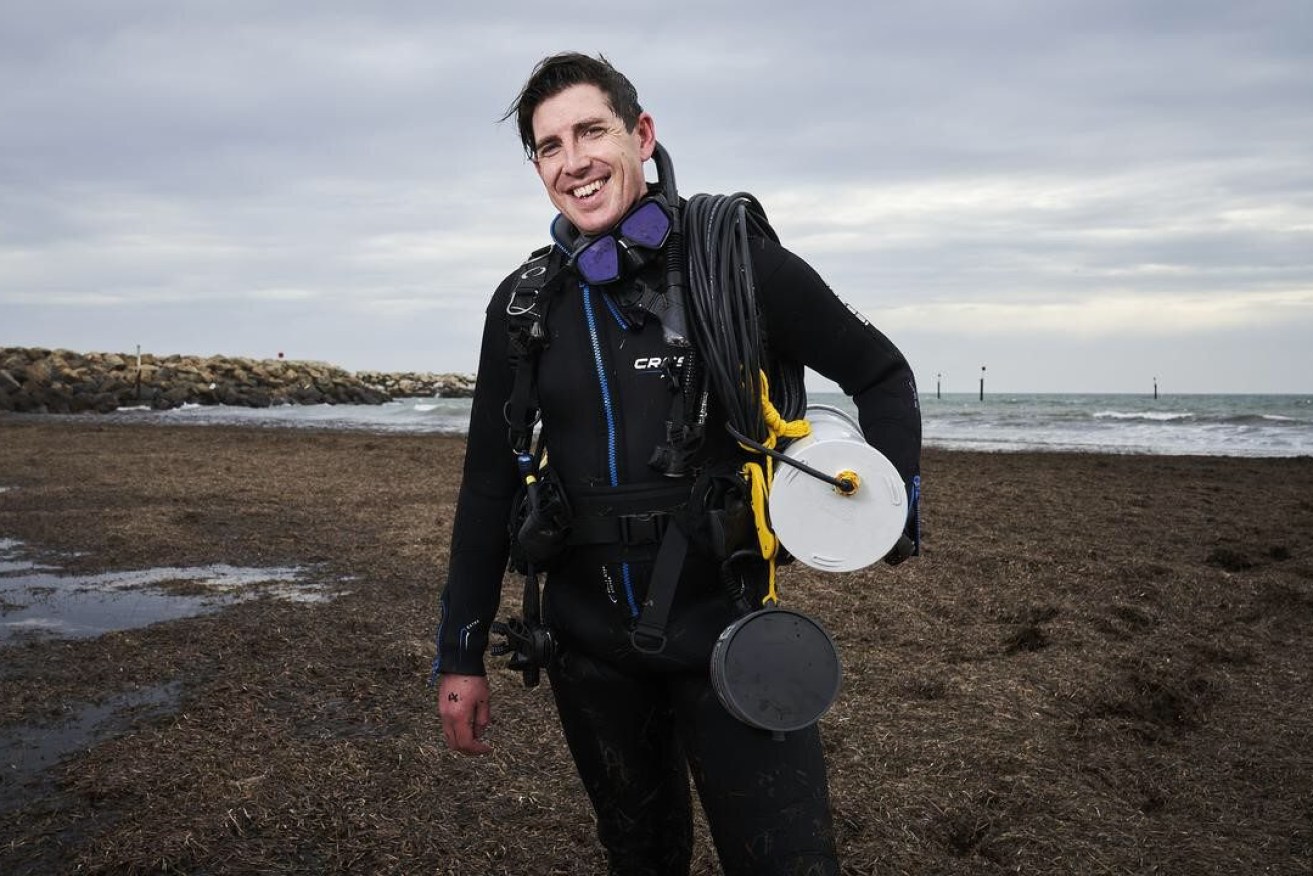
SA oyster reefs alive with the sound of music
Baby oysters off the coast of South Australia are responding to the sultry songs of science in an intriguing new approach to marine habitat restoration by the University of Adelaide.

Dr Dominic McAfee
During a recent study, University of Adelaide researchers deployed speakers underwater and broadcast healthy reef soundscapes out to sea. The result was up to 17,000 more oysters settling per square metre.
With oyster reefs considered among the most degraded marine habitats in the world, this innovative practice is making waves.
“We’ve been testing to see if we can get oyster larvae to swim to our Windara and Glenelg restoration sites,” said lead researcher Dr Dominic McAfee.
“Sound travels better than sight or smell underwater and is less impacted by ocean currents.
“Oysters have tiny sensory hairs that sense vibrations around them. They use these to guide them toward healthy-sounding reefs.”
In the past, McAfee’s team has deposited limestone boulders onto the seafloor as reef establishment points. But it has not been easy to lure oysters into settling.
Now, with the echoes of snapping shrimp—one of the key sounds amplified in this study—the sites have become too exciting to resist.
“We’re happy to say it’s working better than we expected,” McAfee said.
The value of rebuilding these reefs goes far beyond keeping tasty molluscs on local menus. Shellfish are ecological superheroes. They clean and filter sea water as they feed, provide habitat for fish with their shell piles and are a crucial food source for many marine species.
Australia once had vast oyster and mussel reefs, but in the early years of colonisation, Europeans over-harvested them for food and cement production.
They were pushed to near extinction—with devastating consequences for underwater ecosystems.
In addition to increasing oyster settlement at the sites, the University of Adelaide’s sound-based solution has led to an increase in the number of large oysters, more three-dimensional reef outcrops and a stronger head-start for the shellfish out-competing ‘turf algae’—all of which significantly speeds up the restoration process.
“We believe this work shows clearly how underwater soundscapes can be a cost-effective and efficient acceleration tactic in oyster habitat restoration,” said McAfee, “especially in the early stages of reef recovery”.
The study marks another successful research story among a sea of history-making accounts from the University of Adelaide.
Tune into the University’s podcast series, The Discovery Pod, to hear more about oyster songs from Dr Dominic McAfee—or discover other researchers at the forefront of innovation.
If you’re interested in partnering with the University of Adelaide, contact [email protected]




